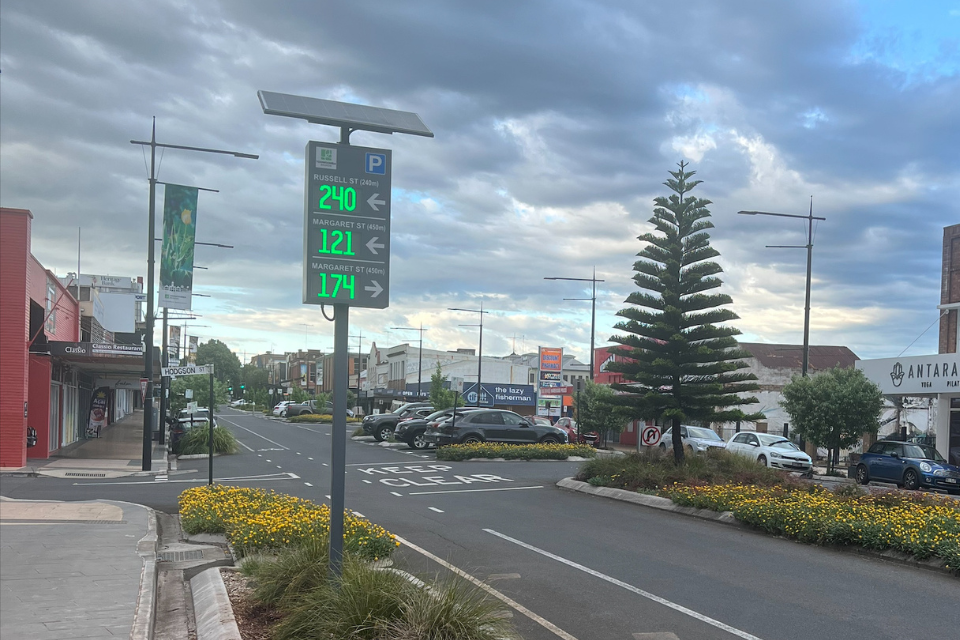
Smart City Parking Technology
As populations grow, efficient urban mobility becomes a priority for smart city planners.

The ability to move people around urban areas efficiently is essential for access to jobs, education, healthcare, and other essential services.
Cities around the world are facing increasing traffic congestion, which leads to longer commute times, reduced productivity, and increased air pollution. Difficulty in finding available parking spaces only adds to increased congestion, wasted time and fuel. The use of personal combustion engine vehicles is a major contributor to greenhouse gas emissions and climate change, which in turn has adverse impacts on public health and the environment.
Public transportation options may sometimes be inadequate, making it difficult for people to get around efficiently and affordably; and safety and accessibility concerns on public transport are also challenges.
Smart cities see the need to address all these challenges with a comprehensive approach that considers the needs of all users and promotes sustainable and efficient options. Smart mobility solutions, such as intelligent transportation, parking systems and shared mobility services, can help improve urban mobility and create more liveable and sustainable cities.
There are several reasons why parking guidance solutions are growing in popularity:
They optimise parking space utilisation By using real-time data to guide drivers to available parking spaces, they help to reduce the time spent searching for a spot thus reducing traffic congestion and emissions.
They enhance user experience By providing real-time information about parking availability, location, and pricing through mobile apps or digital signage, drivers can plan their parking before arriving at the destination and avoid frustration, improving their experience.
They increase parking management efficiency contributing to reduced costs in running a parking facility. Examples include scheduling changed availability for particular parking categories to increase bay volume at peak times; reporting of overstays in real time; and implementation of automatic payment facilities.
They provide data for future planning Asset owners can use reporting and monitoring tools for future planning, peak period management and revenue optimisation.
Managing the challenges modern cities face is an ongoing priority and integrating parking technology as one part of a smart city’s solutions can efficiently and cost effectively reduce some of their impacts.


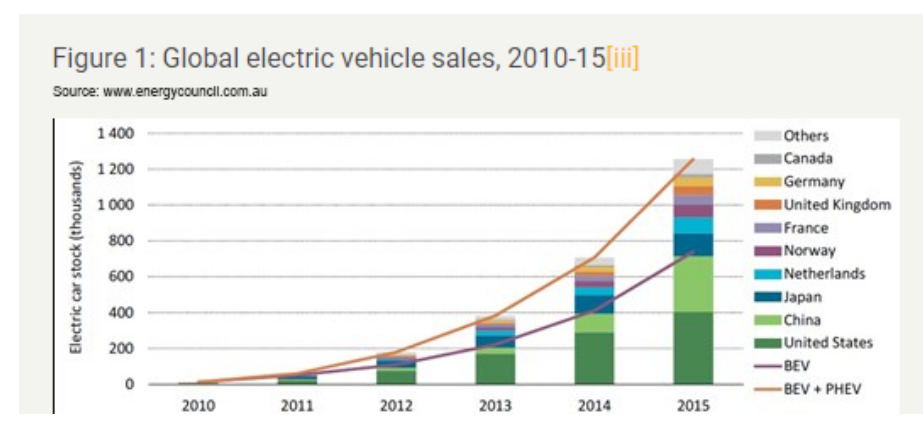

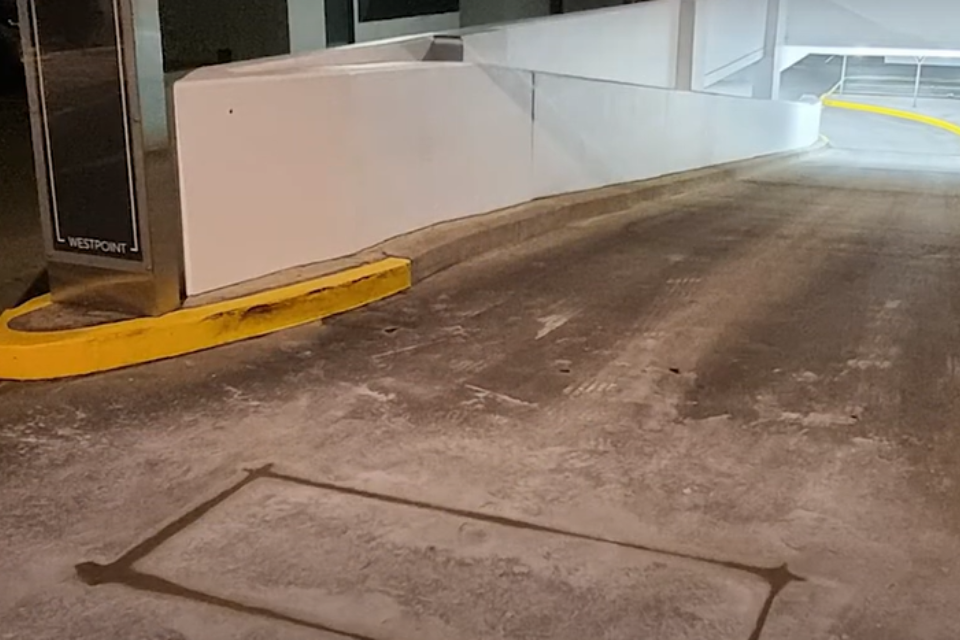
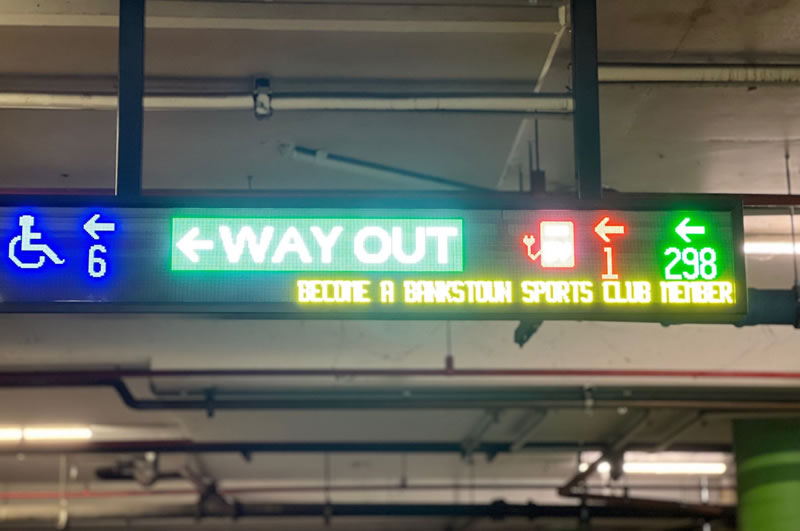
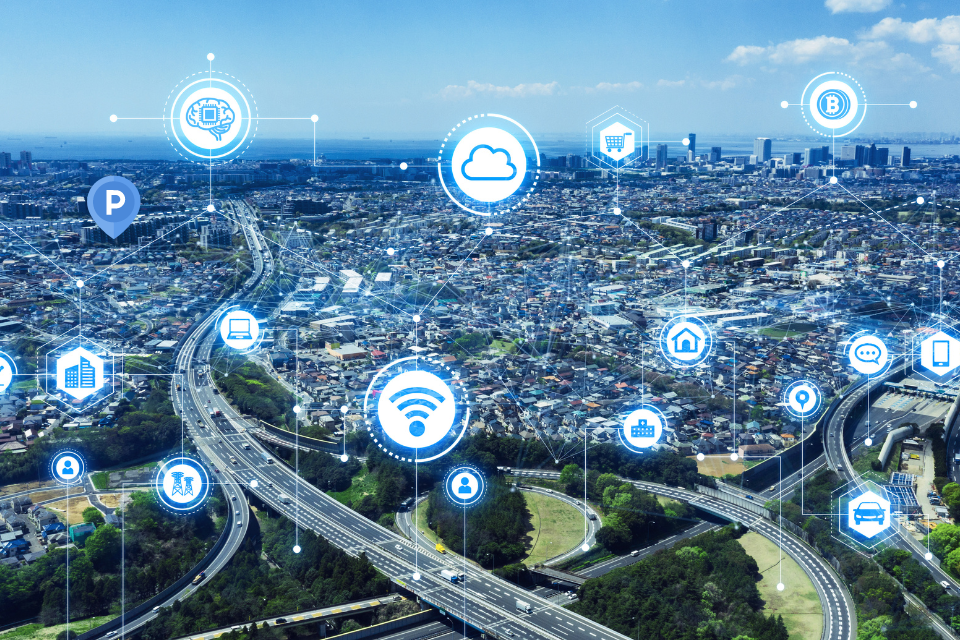


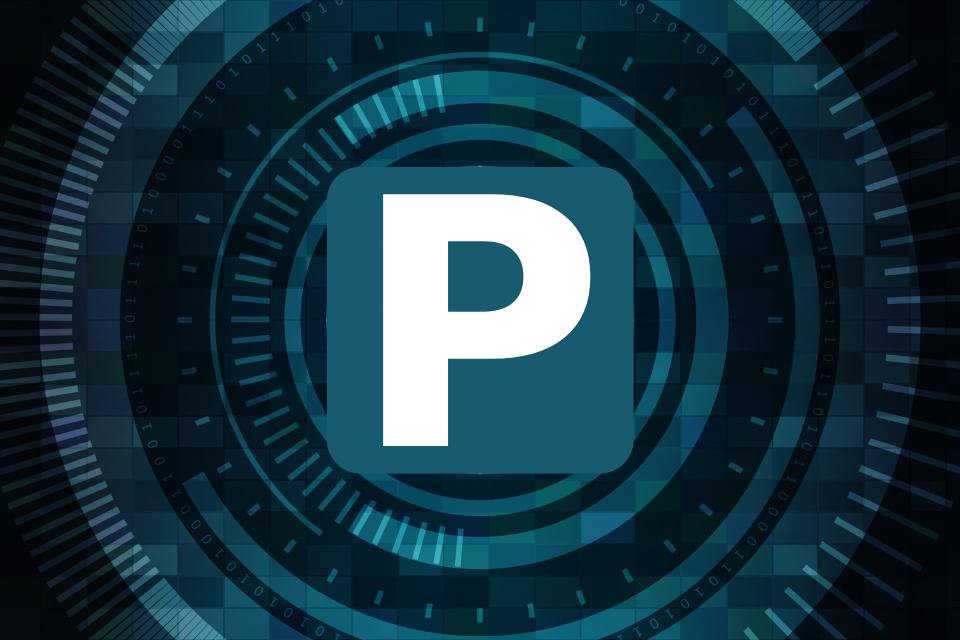
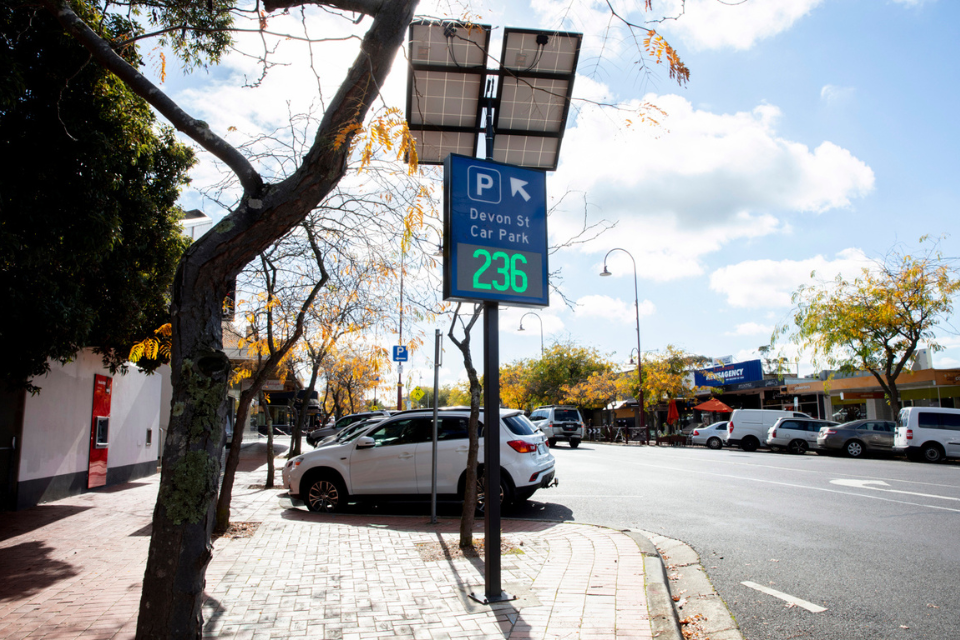
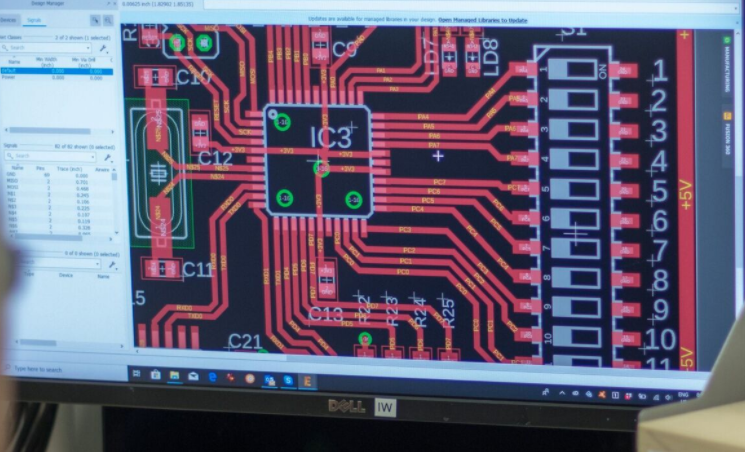
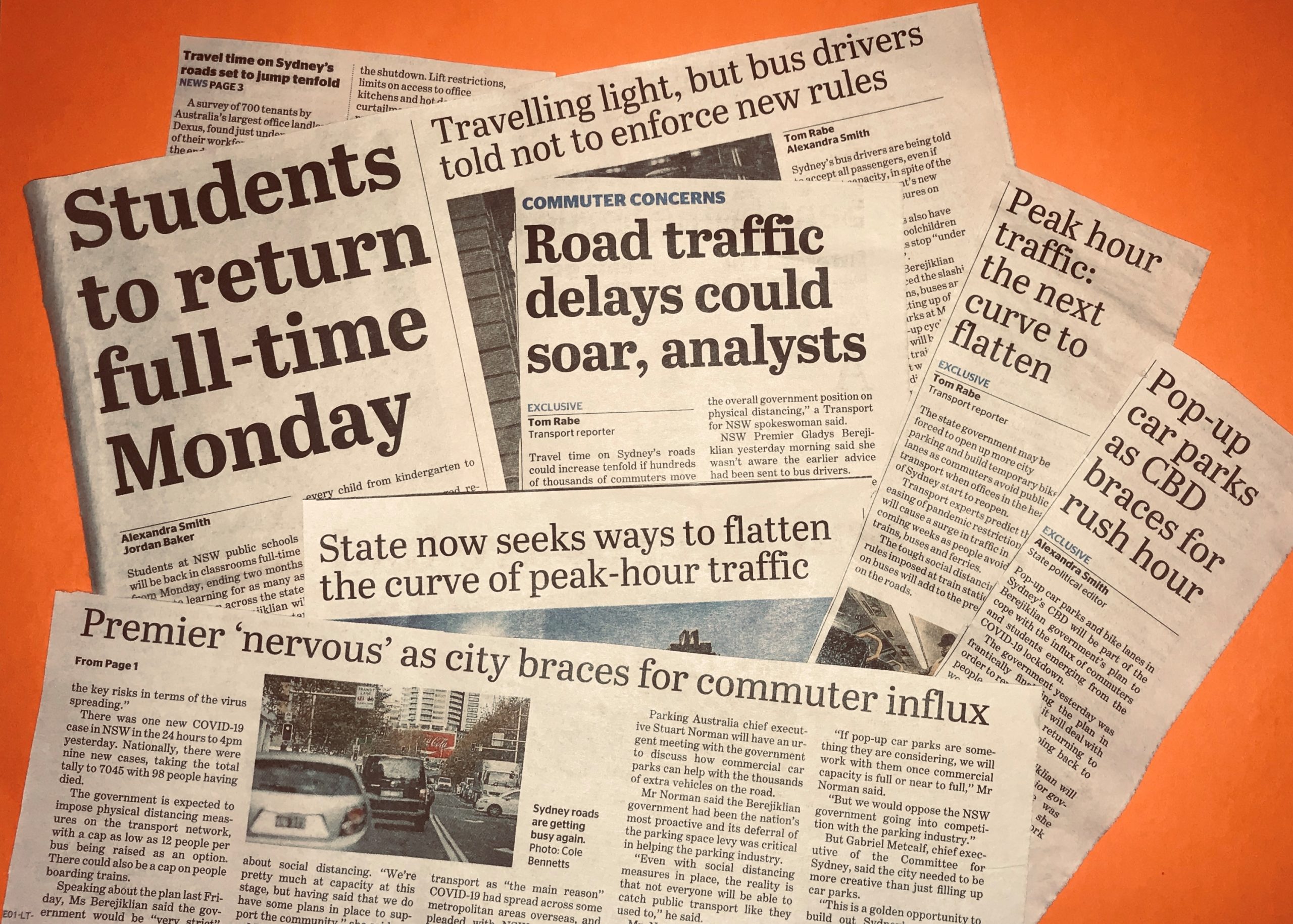
Recent Comments